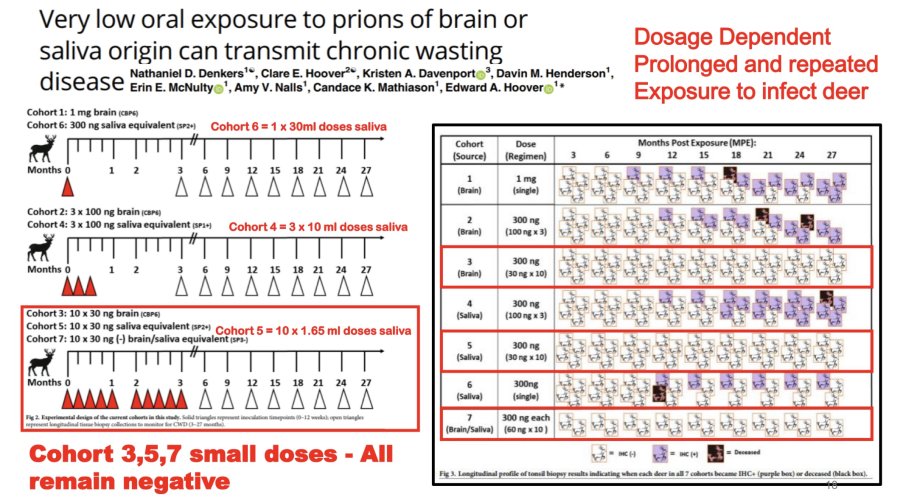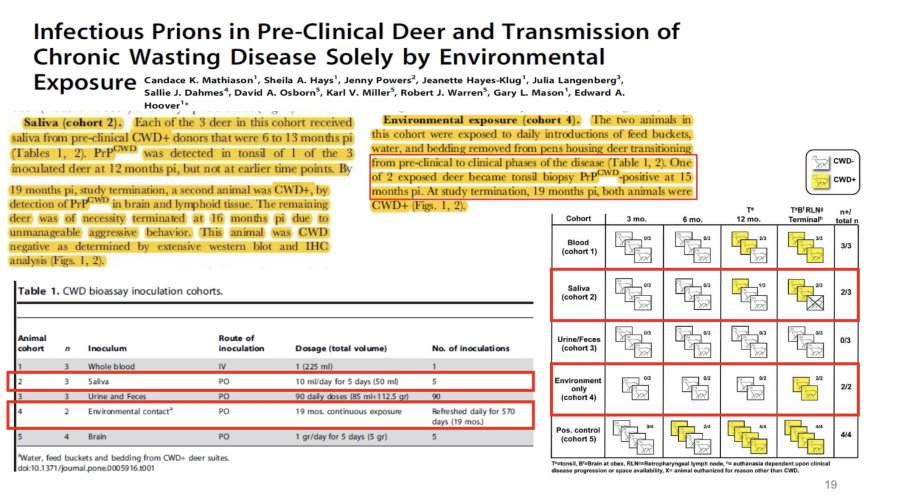Lasiocarpa
Well-known member
I have seen the massive herds on the east side of the state and I agree that they are not comparable to elk on feed grounds out here.
Large natural herds moving through the landscape together does not compare to concentrating them on the same 100 acres, all winter, year after year.
Large natural herds moving through the landscape together does not compare to concentrating them on the same 100 acres, all winter, year after year.






